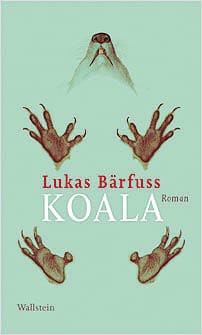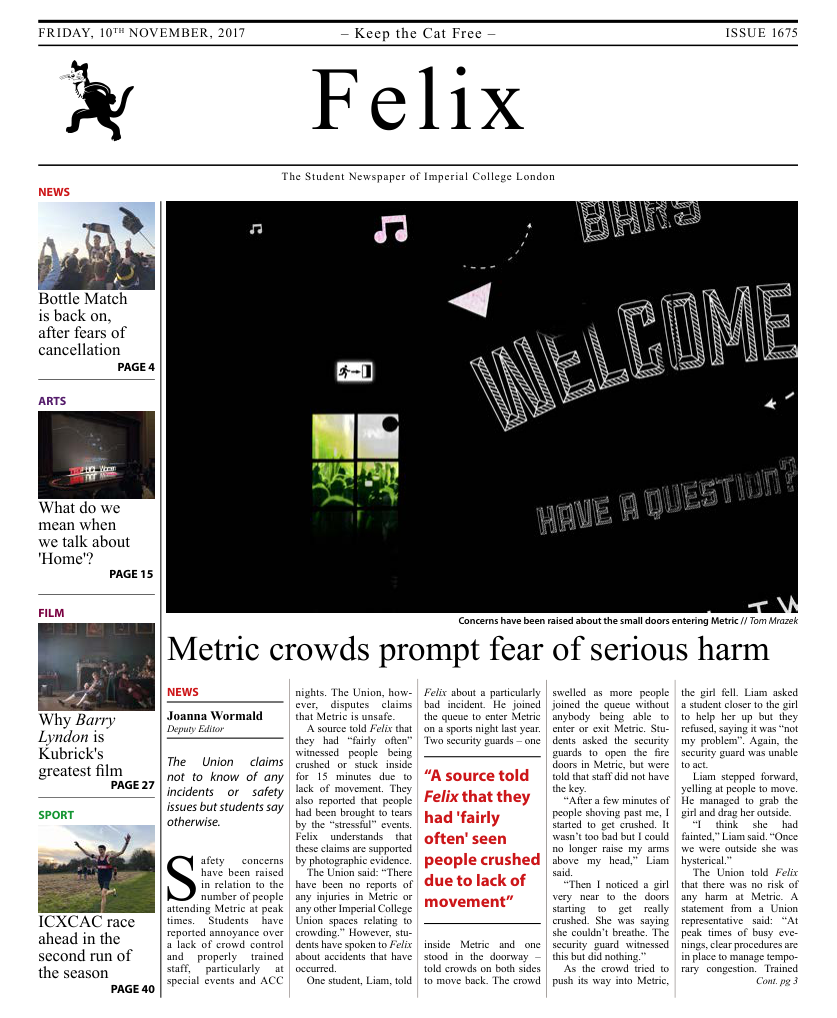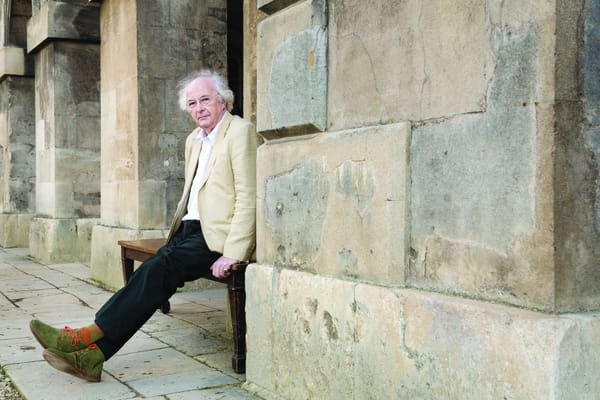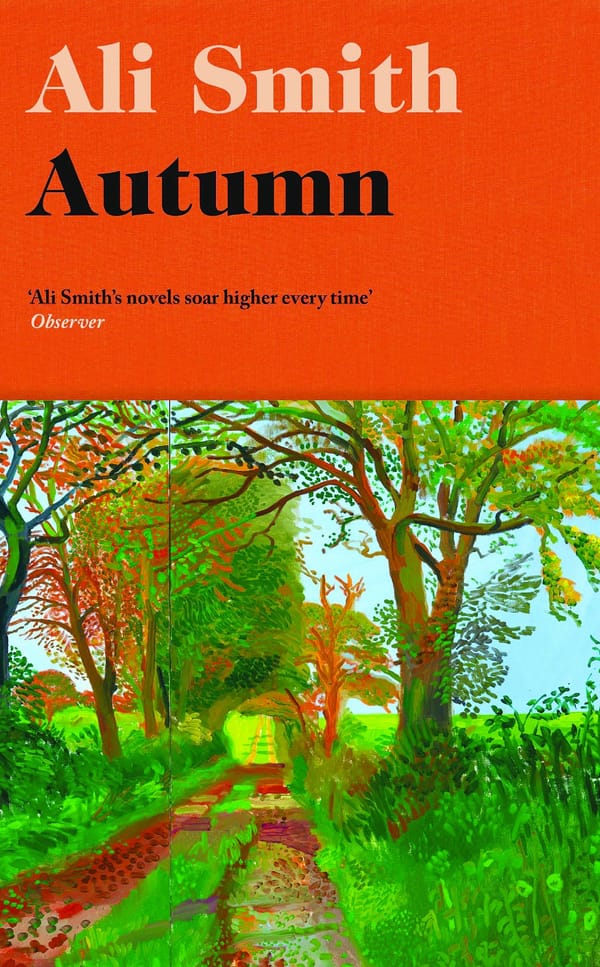The koala bear as a metaphor for life, death, and the struggle to survive
Swiss writer Lukas Bärfuss tackles issues of mortality and the meaning of life in his third novel Koala

The animal was not black. It was not strong. It was lazy and had furry ears, a creature, that people laughed about. The best one could say about the animal was, that it was cute.” The koala is usually not an animal that people tend to spend a lot of time thinking about. Nevertheless, swiss author Lukas Bärfuss decided to put it in the center of his latest novel Koala, for which he was awarded the Swiss Book Prize in 2014.
It tells the story of an author who tries to deal with the suicide of his brother. Although they had not been very close, his brother’s sudden death strikes him as something incomprehensible. He travels to his hometown, which he left many years ago, in order to talk to his brother’s friends and to make sense of what has happened. In his memories he travels back to their childhood. They grew up in separate families with the only thing they had in common being their mother. He recalls how during their teenage years at a scout camp his brother was given a nickname: Koala. The name that would prove to be an omen for the rest of his brother’s life.
The storyline then takes the reader back in time, to a period when the people in North America started to fight for their independence and the British began to colonise Australia. The book gives an account of the first settlement of British criminals who were sent to Australia, their hopes and fears, their successes and struggles. And amidst all of this runs the story of the Koala – the story of an animal that lived unchanged and undisturbed for millions of years until the first humans arrived and began to hunt it.
“One of the taboos Bärfuss addresses openly in Koala is suicide”
Bärfuss’s precise and eloquent style, combined with the usage of short sentences with very few adjectives makes it a relatively easy read. He does not waste words on lengthy descriptions, but rather sticks to simple structures. Nevertheless, none of this diminishes the message he tries to convey. In fact, boiling the story down to its essence appears to make it even more striking.
Bärfuss uses the history of the koala as a magnificent metaphor for our lives or rather for the meaning of life in general. He is not afraid to tackle the big questions. In his 1942 essay The Myth of Sisyphus French Nobel Prize winner Albert Camus comments that whoever attempts to explore the ultimate meaning of our lives must inevitably deal with all the discoveries he or she makes, regardless of whether or not they are pleasant or not. This is exactly what Bärfuss does. He bravely ventures into a realm that many people prefer to leave untouched and he confronts the reader with all the consequences.

One of the taboos Bärfuss addresses openly is suicide. The main character in the book cannot accept the suicide of his brother for an almost selfish reason. He is a famous and accomplished author living a fulfilling life, so it is not only incomprehensible for him how anybody can commit suicide, but it actually upsets him and makes him angry, as if his brother would have been under some kind of obligation to stay alive, so as not to perturb the protagonist’s perfect life. On the other hand, he also experiences how the people surrounding him deal with the loss. When the conversation shifts to the suicide most of them fall silent. They feel uncomfortable and try to feel better by pretending that nothing has ever happened.
“It drags the reader out of his comfort zone and forces him to face a lot of uncomfortable issues of life”
The centrepiece of the novel, however, is the koala. A koala does not live what most people would call an interesting life. It spends the majority of its time sleeping, it hardly moves, and is not considered to be highly intelligent, not unlike the protagonist’s brother. He is unemployed, has never left his hometown, and smokes a lot of weed. Yet the main character comes to realise that there is essentially nothing that makes his life, a life governed by career goals and productivity inherently superior to a “wasted” life like the one lived by the protagonist’s brother. Towards the end of the book he thinks: “The cure for fear is industriousness. The one who is ambitious needs a pair of good legs and all those who want to be ambitious but do not have them, must explain themselves. Only the strong ones are able.” By fear he means the fear of being forgotten after death. Productivity and ambition are the cure prescribed by society. However, they tend to be used as distractions rather than solutions. Another way out of the misery, he realises, is laziness. Laziness just exists and is not bothered by the petty little problems of everyday existence.
In a time when people are more and more focussed on their careers, stress and mental health problems are on the rise, and society becomes generally more competitive, this sends a strong signal. It drags the reader out of their comfort zone and forces them to face a lot of the uncomfortable issues of life. Whoever decides to read this book can be sure to be left with a lot of answers and even more questions in the end – unpleasant questions, but ones that everybody should try to answer for themselves at some point.









